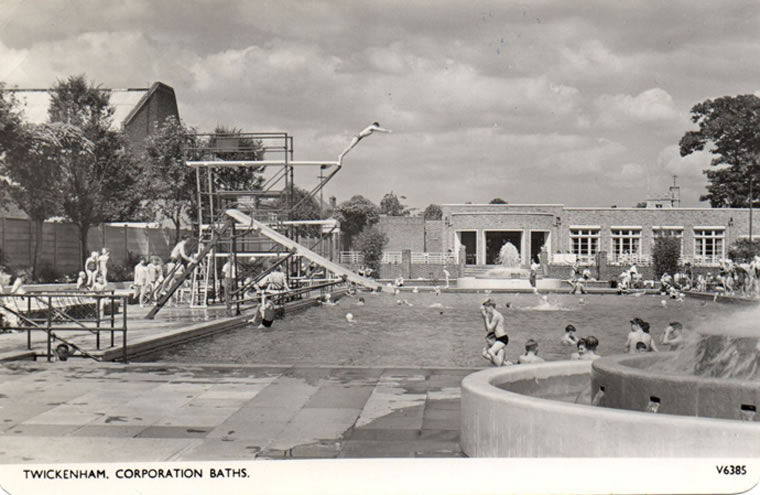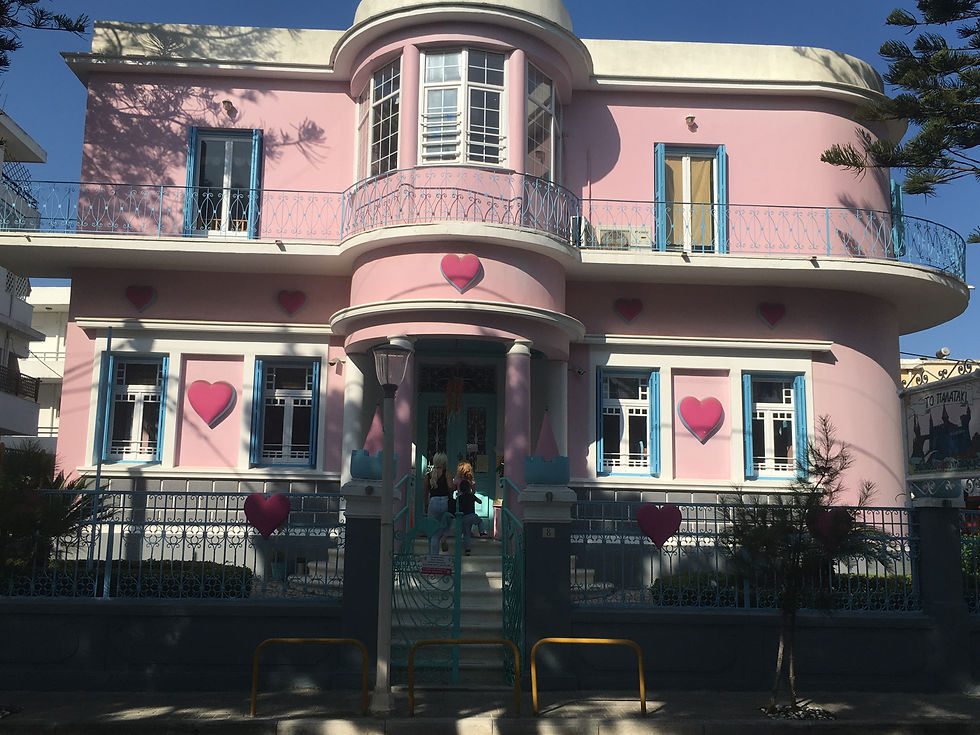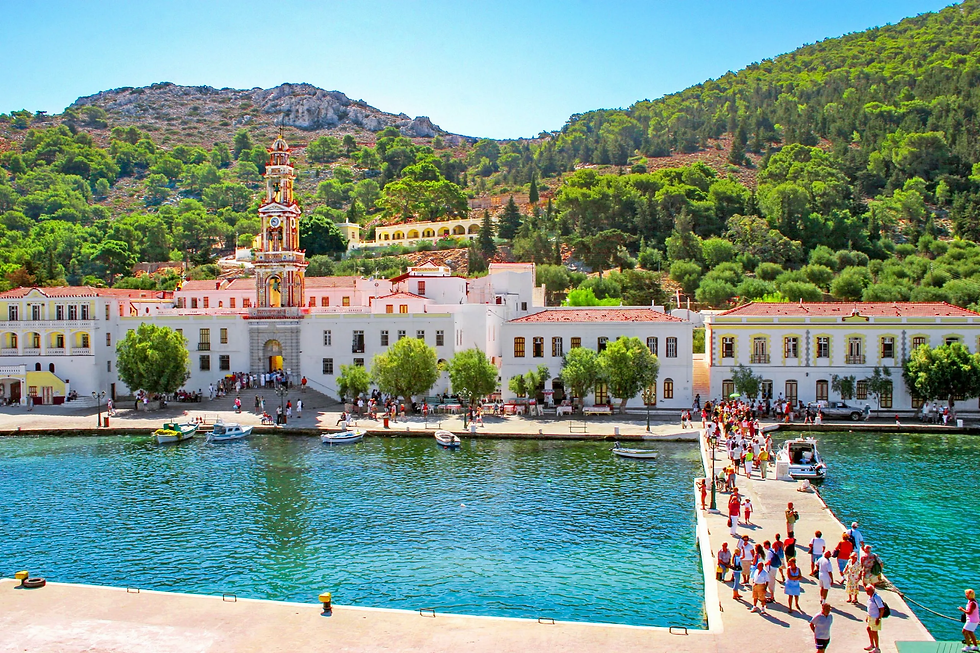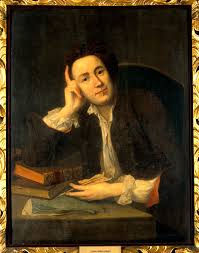Art Deco
- Ricster

- Nov 7, 2020
- 3 min read
Updated: Nov 8, 2020


I remember as a child seeing from the family car, the strange temple like buildings along the Golden Mile stretch of the Great West Road at Brentford. These factorys still seem otherworldly today; very retro but somehow still very modern; secular temples to industry and progress. I worked for a bit in the Gillette factory canteen during the 1980s.one of my various random jobs that I rather enjoyed.
I suppose the inter war years were other worldly in a sense. There must have been much confidence about, once society bouncing back from the horrors of the first world war and the social liberation that followed it. The 1920s were the 1960s of the time and the jazz age must have been quite shocking to tradition.

Whether the local cinema, official buildings or my local swimming pool in Twickenham, It was adopted across the social spectrum; from grand hotels to local municiple buildings. So distinctive and stylish; especially compared to the charmless office and tower blocks of the 1970s. It always stricks me as very confident and unselfconscious. There are also of course the classics in New York where America took the ideas of art Deco and first applied them to architecture.
Art Deco was of course a decorative style. It took its name, short for Arts Décoratifs, from the International Exhibition of Modern Decorative and Industrial Arts held in Paris in 1925. Art Deco influenced the design of buildings, furniture, jewellery, fashion, cars, movie theatres, trains,ocean liners, and everyday objects such as radios and vacuum cleaners.
In the 1930s, during the Great Depression, Art Deco became more subdued. Streamline Moderne, appeared in the 1930s; it featured curving forms and smooth, polished surfaces. Art Deco is one of the first truly international styles, but its dominance ended with the beginning of World War II. Nothing could be the same after that and the rise of the strictly functional and unadorned styles of modern architecture.
These buildings still stand out today. With their strange echoes of ancient Egypt and Aztec temples. The 1930 was a time of Egypt mania with the discover of Tutankhamen's tomb was discovered in 1922 by Howard Carter. The stepped pyramids, the scarab beetle, big gold tone collars, columns, and bright colours all became part of the new look and dramatically influenced the progress of Art Deco history.

I haven't had a specialist interest in art Deco but over the years I have developed a habit of spotting this style which pops up all over Britain. More recently was seeing the delightful Hoover buillding in clear view on the A40 out of London. It's like a great big icecream. The BBC Broadcasting house is another example –that's like a great ship about to set sail. In fact the curved balconies and portholes found on seaside 30s buildings echo the ocean liners of the time.
I was recently on the Island of Rhodes and surprised to see a smattering of Art Deco buildings about the new town. Local to where I was staying were these two colourful buildings now apparently day nurserys.


The Aquarium building stands on the very northern tip off the island – a stunning spot at the end of a cape – the sea on both sides – a peninsular stuck out into the middle of the sea.

It truly was an international style. My curiosity was piqued. With the wonders of the internet I quickly found the reason - the Italian occupation between 1912-1943. The Italians, fascist or otherwise, just cannot help but do things in style.





Comments